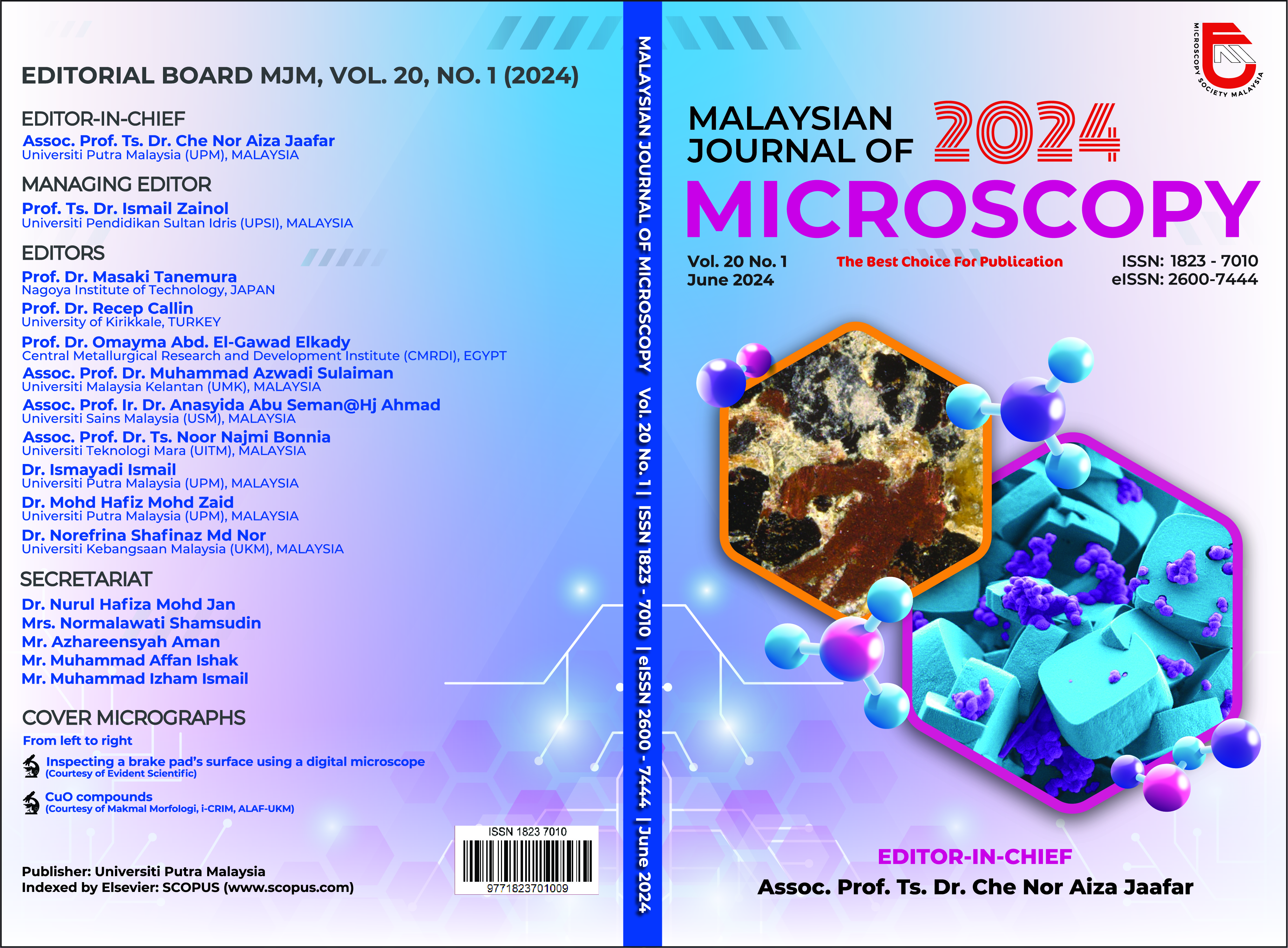EFFECT OF THE PRINTING PARAMETERS ON THE TENSILE STRENGTH AND SURFACE ROUGHNESS OF A PHOTOPOLYMER RESIN USING DLP 3D PRINTING
Abstract
The advancement of Digital Light Processing (DLP) in 3D printing has catalysed the production of high-quality parts characterized by their high resolution and swift manufacturing turnaround. Despite its popularity, the detailed effects of specific printing parameters on material properties have not been fully outlined. This study investigated how layer height, exposure time, and bottom exposure time influence the tensile strength and surface roughness of photopolymer resin parts produced via DLP. Utilizing a Taguchi method 9v9 experimental design, the contribution of each parameter to the variance in mechanical properties were explored. The statistical analysis reveals that layer height significantly dictates the surface roughness, contributing to 52.97% of the total variance. Simultaneously, bottom exposure time and layer height substantially influence tensile strength, accounting for 29.64% and 19.00% of the variance, respectively. Exposure time, however, has a minimal impact, contributing just 1.36% to tensile strength and showing negligible effects on surface roughness. Optimization efforts identified a layer height of 0.05 mm and bottom exposure time of 15 seconds as optimal, markedly improving tensile strength and surface finish. Scanning electron microscope (SEM) analysis correlates these optimized parameters with crack morphology, offering microstructural evidence that parts printed with optimal settings demonstrate a more resistant structure to tensile forces, as indicated by the presence of rougher, more tortuous crack patterns on stronger samples. The optimal parameters serve as a benchmark for producing parts with superior mechanical strength and surface integrity, thereby fulfilling the increasing industrial demand for robust, 3D-printed components.


